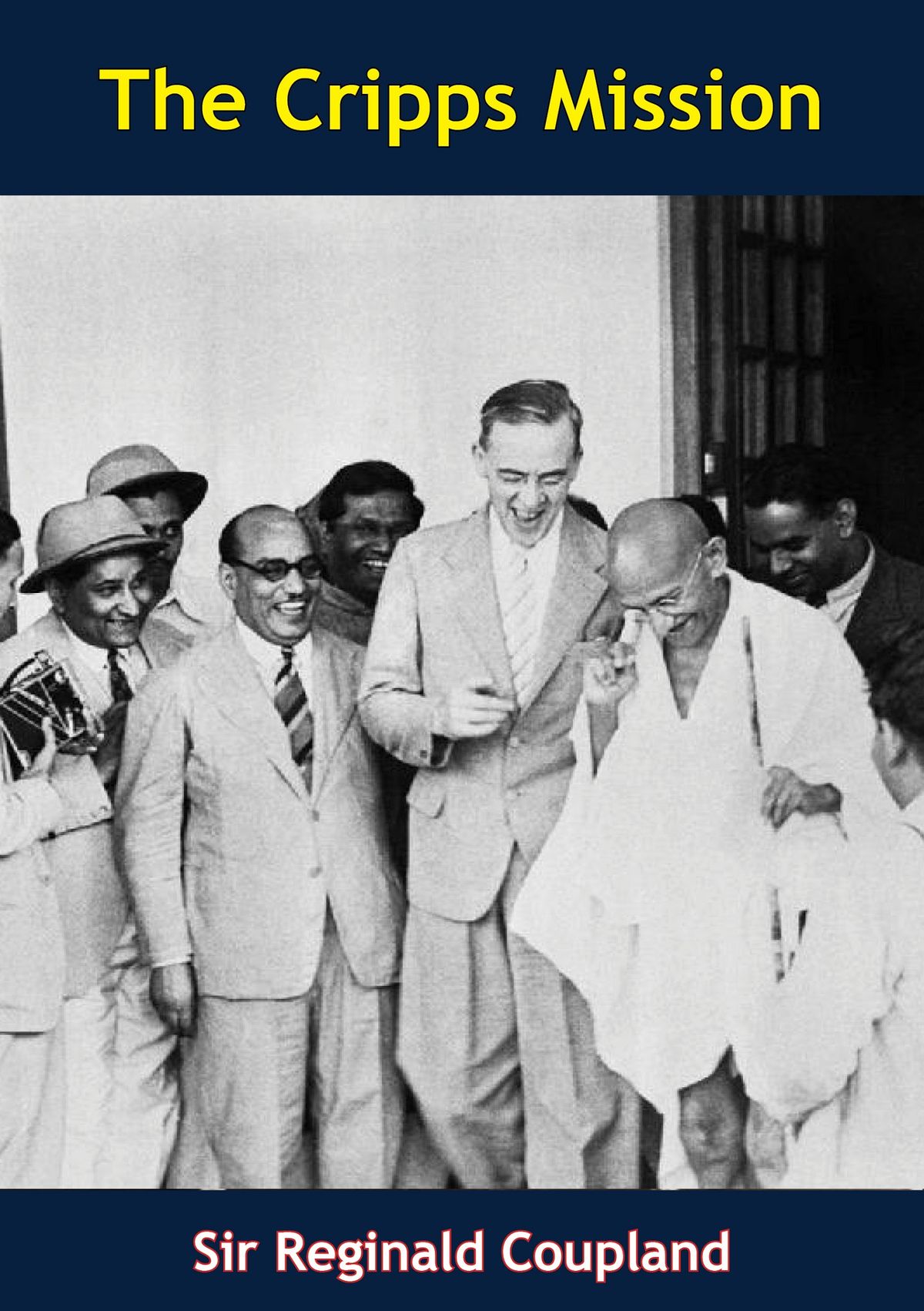Cripps Mission – History Notes – For W.B.C.S. Examination.
ক্রিপস মিশন – ইতিহাস নোট – WBCS পরীক্ষা।
Sir Stafford Cripps was a left-wing Labourite, who had actively supported the Indian national movement headed a mission was known as Cripps Mission.Continue Reading Cripps Mission – History Notes – For W.B.C.S. Examination.
This mission was for full cooperation to British in Second World War. The British were not willing to agree to the formation of a truly national government. They also tried to promote the interests of the princes. While they agreed to the demand for a constituent assembly, they insisted that the Indian states in the assembly would be represented by the nominees of the princes, and that the people of the states would have no representation on it.
In early 1942, the war situation compelled the British to open talks with the Indian leaders. The British forces had suffered heavy defeats at the hands of the Japanese army in many countries of south-east Asia. The Japanese also conducted air raids on some parts of India. At this time Sir Stafford Cripps, a British minister, came to India to hold talks with Indian leaders. This is known as the Cripps mission. The talks, however, failed. The British were not willing to agree to the formation of a truly national government. They also tried to promote the interests of the princes. While they agreed to the demand for a constituent assembly, they insisted that the Indian states in the assembly would be represented by the nominees of the princes, and that the people of the states would have no representation on it.
- During the course of the war, the British would retain their hold on India. Once the war finished, India would be granted dominion status with complete external and internal autonomy. It would however, be associated with the United Kingdom and other Dominions by a common allegiance to the Crown.
- At the end of the war, a Constituent Assembly would be set up with the power to frame the future constitution of India. The members of the assembly were to be elected on the basis of proportional representation by the provincial assemblies. Princely States would also be given representation in the Constituent Assembly.
- The provinces not agreeing to the new constitution would have the right to keep itself out of the proposed Union. Such provinces would also be entitled to create their own separate Union. The British government would also invite them to join the commonwealth.
- During the war an interim government comprising of different parties of India would be constituted. However, defence and external affairs would be the sole responsibility of the viceroy.
Quaid-i-Azam considered these proposals as “unsatisfactory” and was of the view that the acceptance of the Cripps proposals would “take the Muslims to the gallows.” He said that the proposals have “aroused our deepest anxieties and grave apprehensions, specially with reference to Pakistan Scheme which is a matter of life and death for Muslim India. We will, therefore, endeavour that the principle of Pakistan which finds only veiled recognition in the Document should be conceded in unequivocal terms.” The Quaid, however, was happy to know that in the Cripps proposals, at least the British Government had agreed in principle to the Muslim League’s demand of the partition of India. Yet, Quaid-i-Azam wanted the British Government and Cripps to thoroughly amend the proposals to make them acceptable for the Muslim League.
Actually Quaid-i-Azam and other Muslim League leaders were convinced that Cripps was a traditional supporter of Congress and thus could not present an objective solution to the problem. On the arrival of Cripps, Quaid-i-Azam made it clear that he was a friend of Congress and would only support the Congress’ interests. Congress leaders themselves accepted that Cripps was their man. On his first visit to India, Cripps in fact attended the meetings of the Congress Working Committee. He also visited Gandhi and was so much impressed by him that he wore white khadi suit. He openly ridiculed the Muslim League’s demand for Pakistan when he said, “we cannot deny 25 carore Hindus desire of United India only because 9 carore Muslims oppose it.” In fact the proposals Cripps presented were mainly consisted of the ideas which were discussed in a meeting between Nehru and Cripps in 1938.
Please subscribe here to get all future updates on this post/page/category/website


 Toll Free 1800 572 9282
Toll Free 1800 572 9282  mailus@wbcsmadeeasy.in
mailus@wbcsmadeeasy.in



















































































































